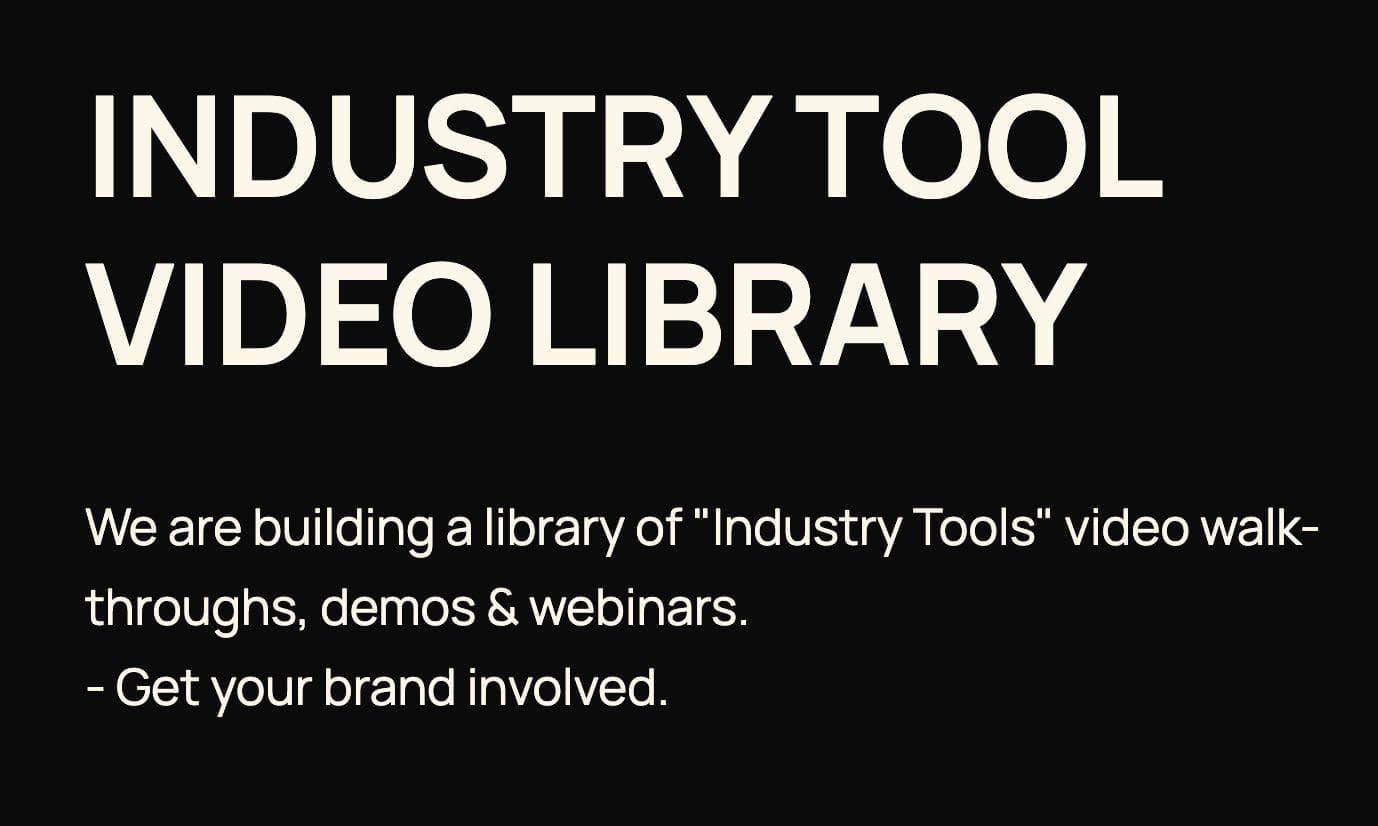AI Learning Centres:
- AI – Learn The Basics
- Get The Most From ChatGPT
- Branding in The Age of AI
- AI for Client Experience
- AI For Prospecting
- AI For Marketing
- AI For Listings & Ads
- Team Adoption of AI
- AI For PM
- AIO & Generative Search
- AI For Operations & Efficiency
- AI For Market Research & Analysis
- AI Ethics, Privacy & Compliance in Real Estate
Digital Marketing & Social Media Learning Centres:
Guides & Downloads

Practical Steps to Integrate AI into Your Vendor-Lead Generation
An easy-to-follow roadmap
Artificial intelligence (AI) no longer lives in sci-fi movies—it sits quietly inside the apps you already use, ready to sort cluttered databases, spot hot vendors, and reply to enquiries while you sleep. When woven into a clear workflow, AI can lift conversion rates, slash admin time, and let you focus on face-to-face service. Follow the seven steps below to move from “curious” to “confident” without needing a computer-science degree.
1. Set Your Destination: Define Clear Objectives
Before buying any software, decide why you need AI:
Pinpoint pain points
Slow response to online enquiries
Too many cold leads clogging your CRM
Hours lost copying data between systems
Choose measurable targets
Cut average lead-response time from 30 minutes to 5 minutes
Lift appraisal-to-listing conversion from 20 % to 30 % in six months
Reduce manual data entry by 80 % within the quarter
Write these goals down and share them with your team. Clear targets let you evaluate tech pitches objectively and keep everyone focused.
2. Get Your Data House in Order
AI is only as smart as the information you feed it. Think of data as petrol—dirty fuel clogs the engine.
Audit all sources
CRM fields, open-home apps, website analytics, social media forms, portal enquiry logs.
Clean and organise
Remove duplicates, update missing phone numbers, tag contacts by stage (e.g., “appraisal booked”, “investor”).
Standardise suburb names—“Bris” and “Brisbane” confuse algorithms.
Set privacy rules
Map how you collect, store, and use personal data.
Ensure consent wording meets the Privacy Act 1988 and upcoming state legislation.
Encrypt backups and limit staff access on a “need-to-know” basis.
A tidy database boosts prediction accuracy and keeps auditors (and clients) happy.
3. Find the Right AI Partner
The best tool is the one that fits your goals, budget, and tech stack—not necessarily the flashiest demo.
Look for features that matter most to agents:
| Must-Have | Why It Matters for Vendors |
|---|---|
| Predictive lead scoring | Flags owners most likely to sell in the next 90 days so you call them first. |
| Automated nurture journeys | Sends personalised emails and SMS at the ideal moment, even on Sunday night. |
| Natural-language chatbots | Answers portal and website questions instantly, booking appointments while you sleep. |
| Native CRM integration | Keeps one “single source of truth” and avoids messy import/export headaches. |
| Local support & compliance | Australian time zones and knowledge of privacy law cut risk and downtime. |
Tip: Ask vendors of popular local platforms for a trial linked to your live data. Practical testing beats brochures every time.
4. Plug AI into Your Everyday Tools
Installing software is only Step 1; true value comes when AI talks to the systems you already trust.
Connect the dots
Use built-in integrations or middleware like Zapier/Make to sync your CRM, email platform, CMS, and ad accounts.
Automate repetitive tasks
Create triggers: new portal enquiry ➜ AI chatbot qualifies ➜ adds tags ➜ SMS to sales agent.
Schedule weekly AI-generated vendor reports summarising enquiry volume and buyer feedback.
Customise voice & visuals
Feed the AI your brand tone (“professional but warm”) so auto-emails sound like you, not a robot.
Insert local references (“We’ve just sold three homes in Yeronga this winter”) for authenticity.
Document each workflow in plain English so new staff can follow the logic.
5. Upskill Your Team
Fancy software fails if staff skip the training. Invest time early—it pays off fast.
Kick-off workshop (90 min)
Why AI matters, live demo, Q&A.
Task-based micro-lessons
Five-minute screen recordings: “How to approve an AI-drafted SMS” or “Changing nurture frequency”.
Buddy system
Pair a tech-savvy agent with a hesitant one for peer coaching.
Feedback loops
Create a shared note or Slack channel for “AI wins” and “AI glitches” to improve settings quickly.
Celebrate quick wins (e.g., “Sally booked two appraisals last week from chatbot leads”) to drive adoption.
6. Track, Tweak, and Triumph
AI is not “set and forget”. Treat it like a junior colleague who improves with regular reviews.
Key metrics to watch:
Response time – Minutes from enquiry to first contact.
Lead-to-appraisal rate – Percentage of scored leads securing an appointment.
Appraisal-to-listing rate – Your ultimate conversion marker.
Cost per qualified lead – Marketing spend divided by AI-verified prospects.
Schedule a 30-minute monthly “AI health check”:
Compare metrics against the goals set in Step 1.
Examine outliers—Why did lead score X fail to convert?
Update prompts, email copy, or scoring weights.
Retrain models with fresh sales data every quarter to reflect market shifts.
7. Keep Data Safe and Clients Confident
Nothing ruins your reputation faster than a privacy breach. Bake security into every step.
Consent first
Use plain-English check-boxes: “I agree to receive market updates powered by AI analysis.”
Encrypt & authenticate
Choose vendors that offer Australian-hosted servers and two-factor login.
Minimum-access principle
Reception doesn’t need full financial data; buyers-agent team doesn’t need landlord details.
Regular audits
Run bi-annual penetration tests and update your breach-response plan.
Educate clients
Add a FAQ on your site: “How we use smart technology to protect and serve your data”.
Strong security builds trust—essential when asking owners to list their most valuable asset.
Quick-Reference Checklist
Tick off each box as you progress:
Objectives written and shared
Database cleaned and tagged
Privacy policy updated
AI platform shortlisted and trial booked
CRM and marketing tools connected
Team training completed
First automated nurture live
Metrics dashboard set up
Monthly review date in calendar
AI is not a silver bullet—but, when blended with your local knowledge and negotiation skill, it becomes a force multiplier. Start small, focus on data quality, involve your team, and review results often.
By following this roadmap, you’ll move beyond buzzwords and create a vendor lead-generation engine that works 24/7—giving you more time to build relationships and close deals across Australia’s dynamic property markets.
Author – Ken Hobson.






